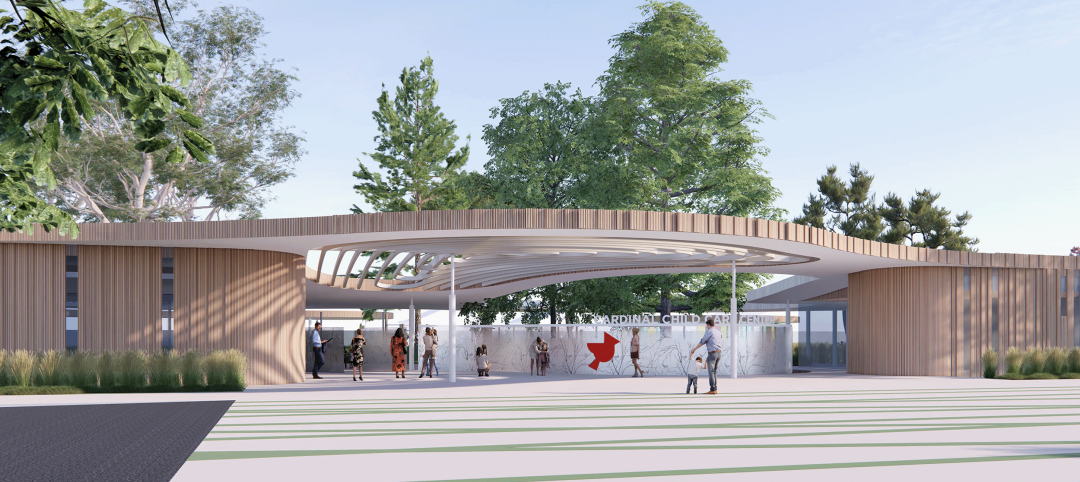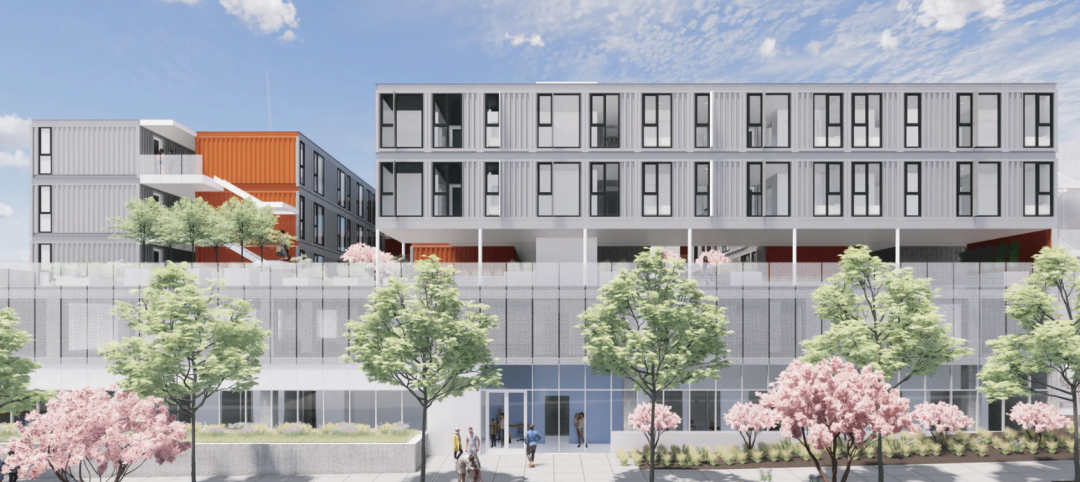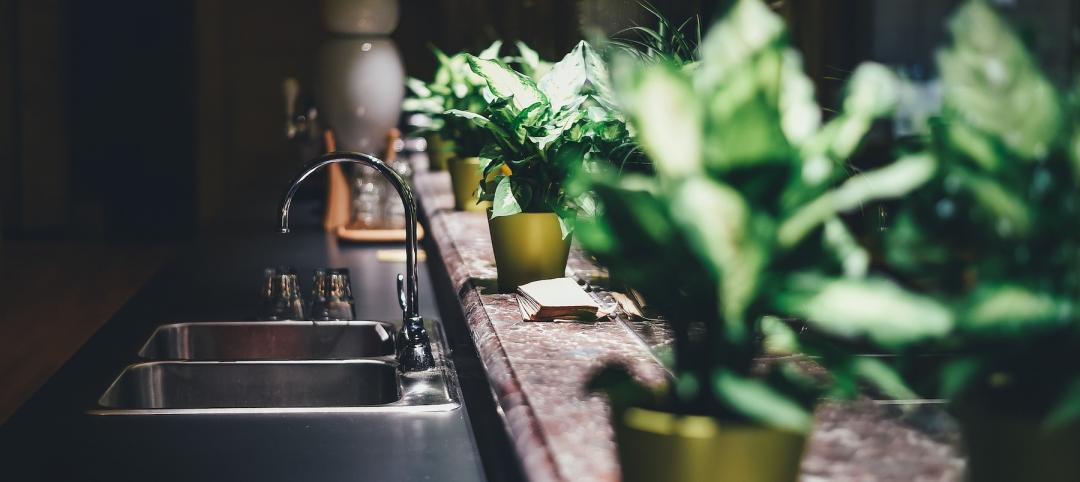There are many different terms used to describe learning and what method is best for today’s student and how school design supports each modality. However, when we break down each description— personalized, flipped, 21st century, project based, problem based—these teaching methods are simply designed to engage students and maintain an interest in learning.
Learning is a lot like working; it varies daily, ranges from individual to collaborative, formal to informal and from hands on to digital.
Let’s take a moment to look at the workplace. In our experience, the design of a corporate environment tends to be an expression of a corporation’s brand and their culture, with the agility to change over time as demands evolve. Additionally, we all work differently; some personalize their desk space, others might be mobile workers, and whether we engage in project teams or work collaboratively to develop product solutions, at some point, we are all in need of a little individual or quiet space.
What is significant here is the variety, the choice and the flexibility. Corporate environments incorporate a landscape of settings designed to support the culture of the organization; so much so, that the design becomes a unique expression, influencing how occupants utilize and behave in the space.
When we approach educational design through the lens of our corporate practice, we can use these examples as models to inform and create purposeful educational environments beyond the traditional classroom-lined hallways.
The following corporate patterns are strategic ideas shaping our educational design perspective:
Evidence of Collaboration
Schools should be curated with students and with student work. Imagine a creative office, project information is displayed throughout and spaces stimulate interaction and a collision of disciplines and ideas. To achieve robust skills in critical thinking, school facilities must support a culture of learning throughout the campus.
Reinvent Efficiency
Learning happens everywhere. So how might every space be considered a primary learning environment? Some of our most memorable learning experiences do not occur within the four walls of a classroom. Just like some of our most creative work doesn’t occur in the conference room. For instance, think efficiently about the circulation and the outdoors to double as spaces for self-directed learning, problem solving or social interactions that reimagine their original intent.
Embrace a Temporary Spirit
It is what it is, until it isn’t. We’re often challenged within educational design to make decisions that will impact the future for the next 50-plus years. How might we consider embracing a spirit of temporary solutions that allow for future flexibility? Plan for movable furniture in lieu of built-ins, wireless technology instead of tethered, and more strategically, think about this concept at the level of integrated design: talk about the placement of structure and utilities and how demising walls can be void of any obstacles that prevent adjustments to the layout five to 15 years from now.
More from Author
LPA | Aug 26, 2024
Windows in K-12 classrooms provide opportunities, not distractions
On a knee-jerk level, a window seems like a built-in distraction, guaranteed to promote wandering minds in any classroom or workspace. Yet, a steady stream of studies has found the opposite to be true.
LPA | May 13, 2024
S.M.A.R.T. campus combines 3 schools on one site
From the start of the design process for Santa Clara Unified School District’s new preK-12 campus, discussions moved beyond brick-and-mortar to focus on envisioning the future of education in Silicon Valley.
LPA | Mar 28, 2024
Workplace campus design philosophy: People are the new amenity
Nick Arambarri, AIA, LEED AP BD+C, NCARB, Director of Commercial, LPA, underscores the value of providing rich, human-focused environments for the return-to-office workforce.
LPA | Feb 8, 2024
LPA President Dan Heinfeld announced retirement
LPA Design Studios announced the upcoming retirement of longtime president Dan Heinfeld, who led the firm’s growth from a small, commercial development-focused architecture studio into a nation-leading integrated design practice setting new standards for performance and design excellence.
LPA | Mar 2, 2023
The next steps for a sustainable, decarbonized future
For building owners and developers, the push to net zero energy and carbon neutrality is no longer an academic discussion.
LPA | Dec 20, 2022
Designing an inspiring, net zero early childhood learning center
LPA's design for a new learning center in San Bernardino provides a model for a facility that prepares children for learning and supports the community.
LPA | Aug 22, 2022
Less bad is no longer good enough
As we enter the next phase of our fight against climate change, I am cautiously optimistic about our sustainable future and the design industry’s ability to affect what the American Institute of Architects (AIA) calls the biggest challenge of our generation.
LPA | Aug 9, 2022
Designing healthy learning environments
Studies confirm healthy environments can improve learning outcomes and student success.
LPA | Jul 6, 2022
The power of contextual housing development
Creating urban villages and vibrant communities starts with a better understanding of place, writes LPA's Matthew Porreca.
LPA | Mar 21, 2022
Finding the ROI for biophilic design
It takes more than big windows and a few plants to create an effective biophilic design.
















